Autumn Display
Tap the yellow hotspots to see more information on the selected object.
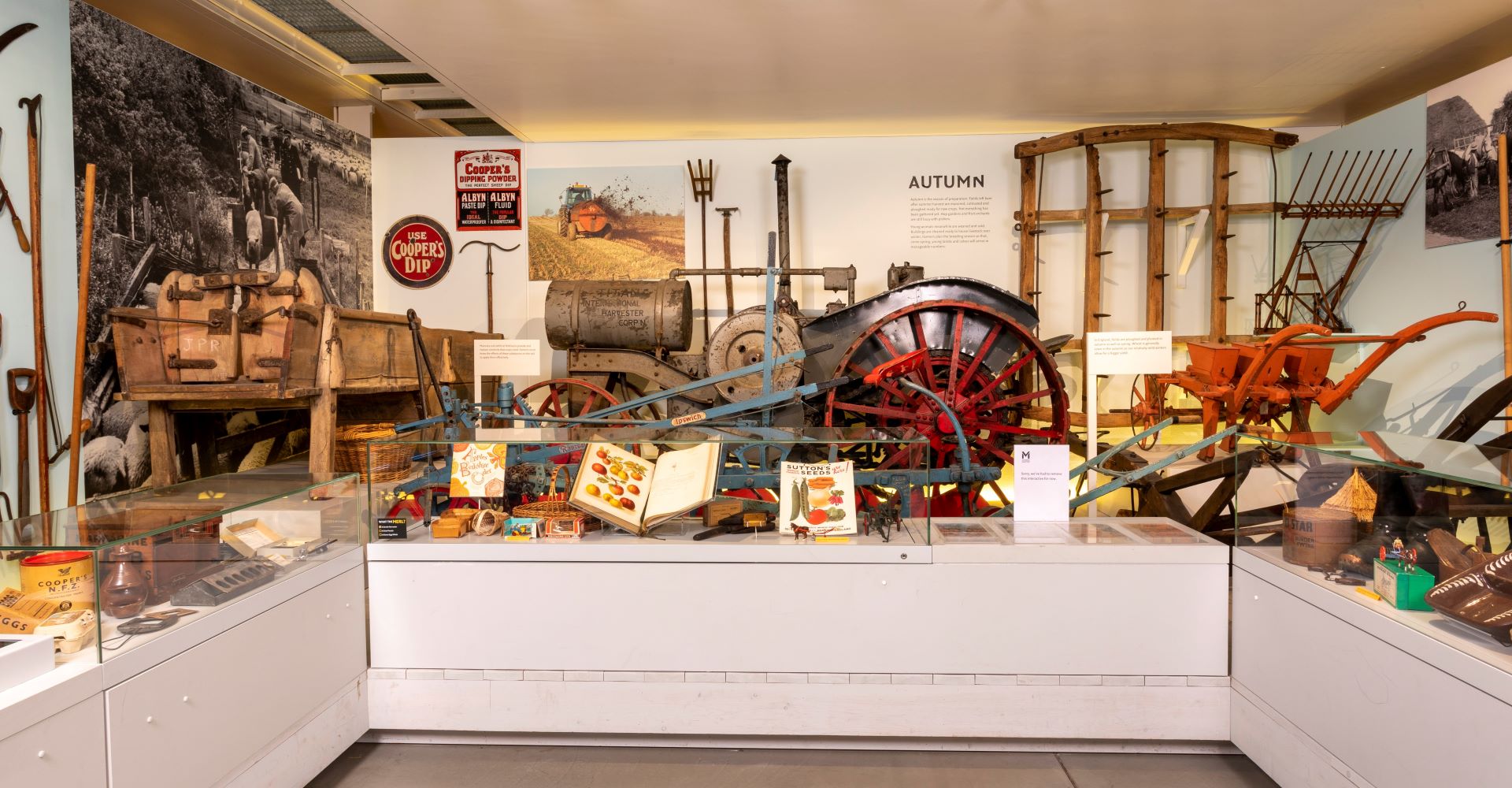
Manure basket
Tractor
Swing plough
Portable sheep dip
Seed drill
Cultivator
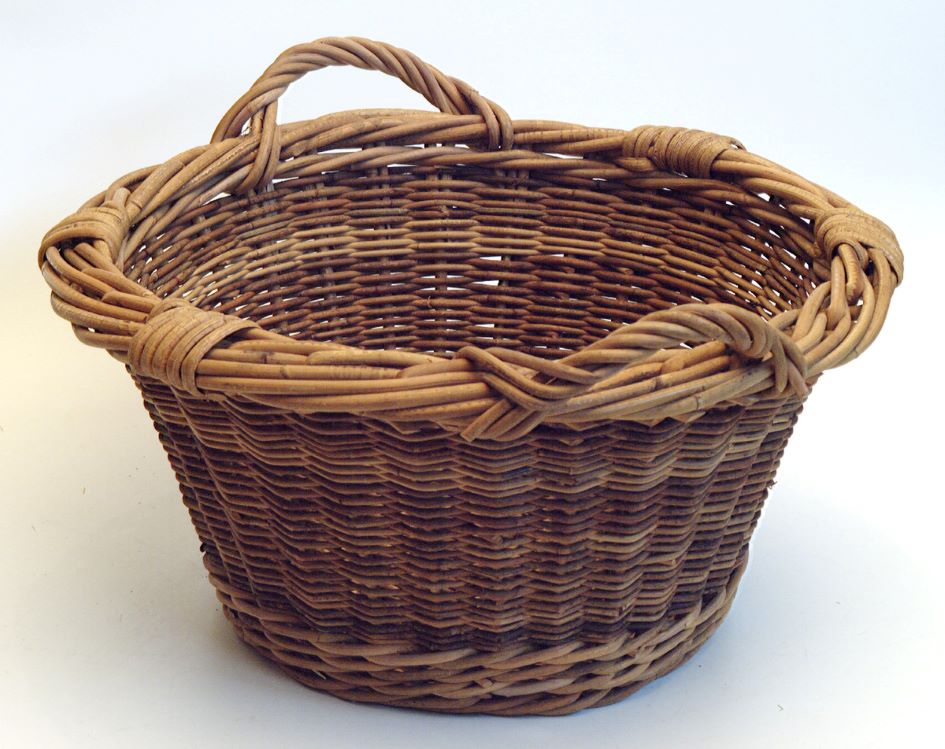
Manure basket
This manure basket was made for the Museum by Emily Mullins, a Reading basketmaker, and was therefore never used. It would have been used to carry stable manure on the farm. It is a round basket made of cane with two twisted handles bound on the rim. You can learn more about Emily Mullins in the ‘Makers at Work’ section of the gallery tour!
Manure has been used as fertiliser in Europe for at least 10,000 years. Nitrogen, phosphorus and potassium are all useful fertility resources found in manure. Because it breaks down slowly, the manure imparts its nutrients to crops over the course of several years.
MERL 63/19
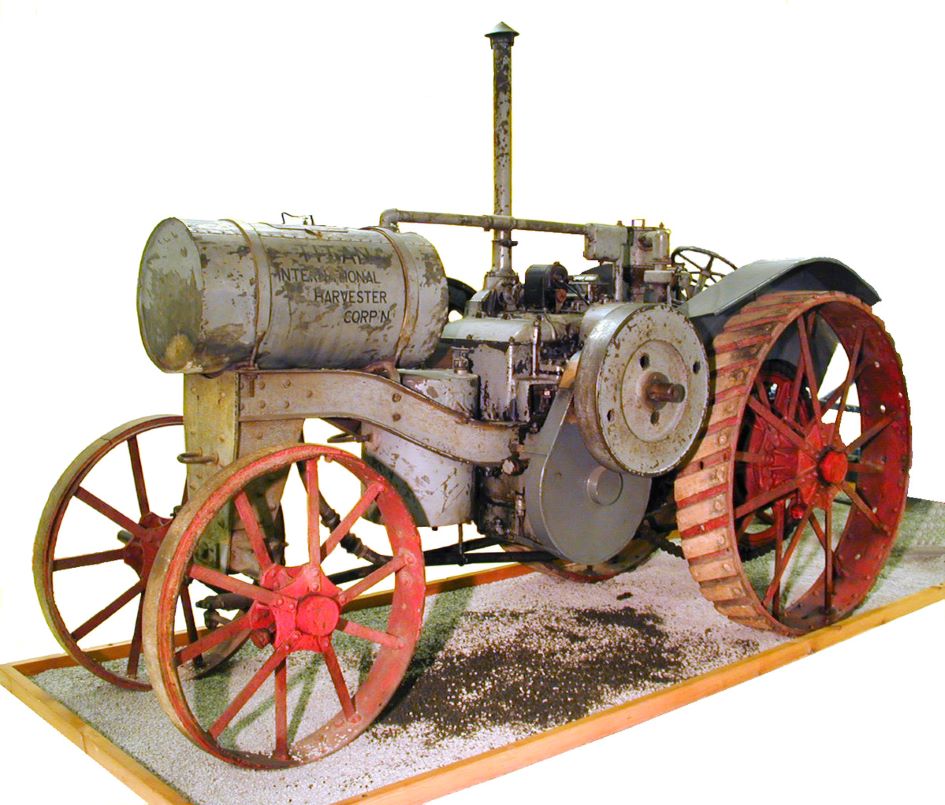
Tractor
This Titan 10/20 tractor was manufactured by the International Harvester Company, in the USA, in 1917. Titan tractors were imported to the UK during and after the First World War, to help boost food production.
This tractor was last used to drive the saw bench at a small saw mill at Greenhaguh, Northumberland in the early 1950s. The owner of the saw mill found the tractor along with two other abandoned Titans in an old quarry at Reedsmouth, and apart from requiring a new spark plug, it was in good working order. It was in constant use five days a week at the saw mill, and was eventually sold back to the International Harvester Company in 1956 when the mill wound down business.
MERL 56/280
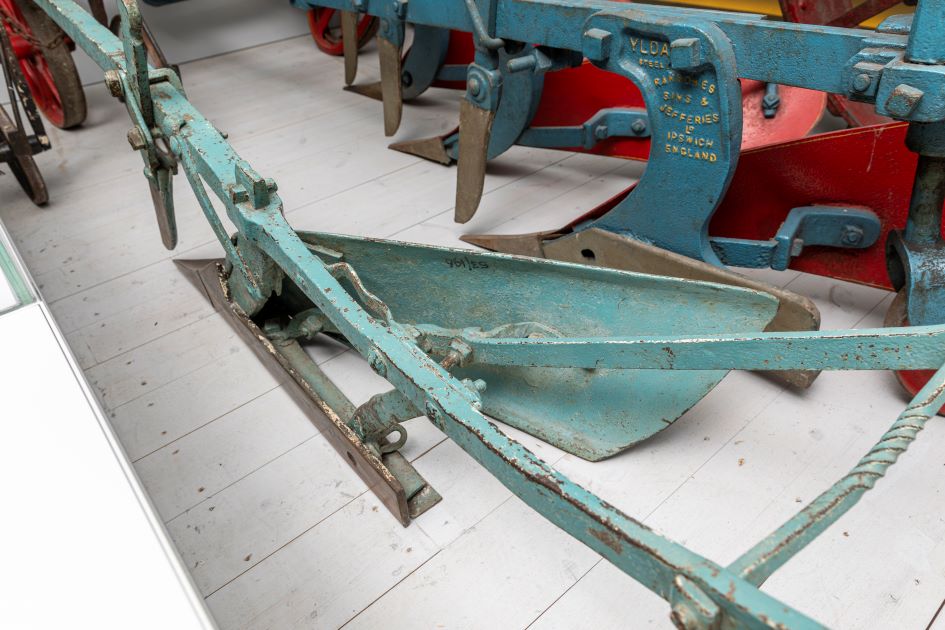
Swing plough
This plough, called the ‘Troth Winter plough’, was made by William Troth at Norton Lindsey, Warwickshire. The date of make is given as 1796, but the maker is known to have made other objects late in the 19th century, so this date may be incorrect. It was used for winter ploughing in heavy clay, so has a wrought iron share with a coulter welded on the side, and no wheels.
In 1845 it was known as the ‘Newbold plough’ and in 1876 as the ‘Hitchings Tayler Scattaron plough’, when it was fitted with wheels and an iron shellboard. In 1920 the chilled share was fitted to enable it to be used with two horses instead of three.
MERL 53/196
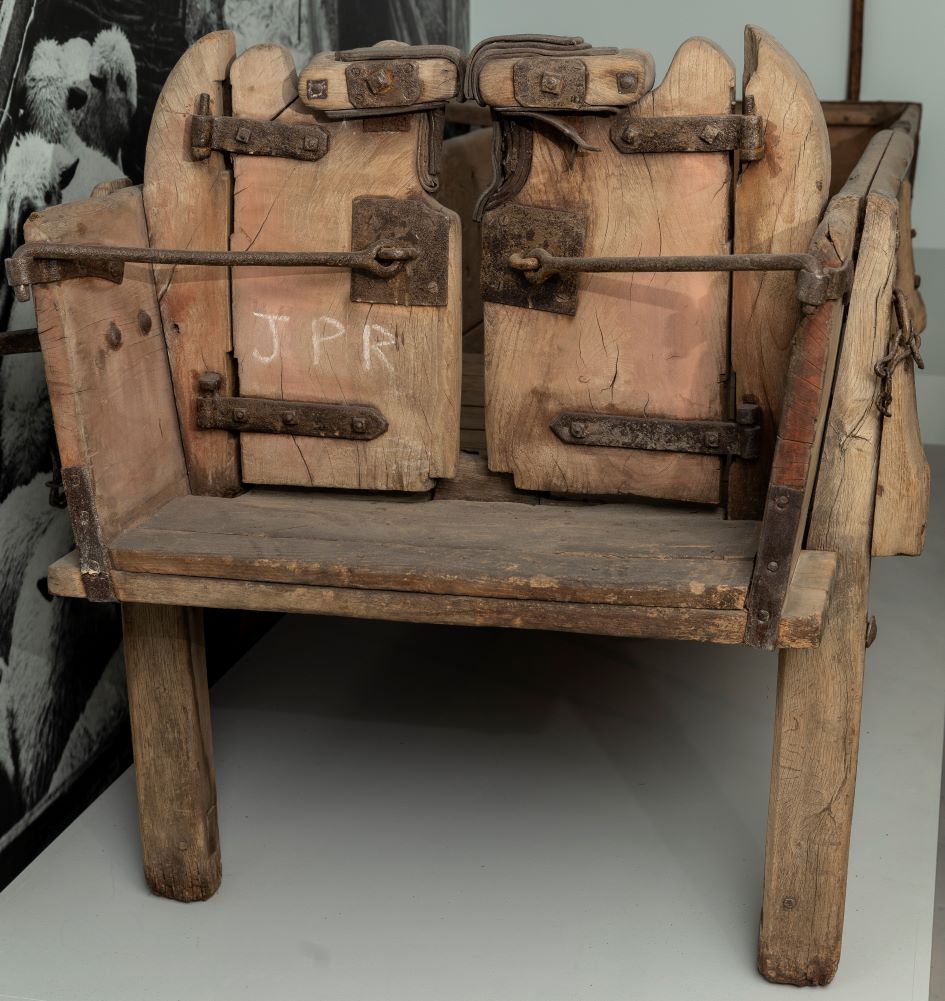
Sheep dip
This is a sheep dipping trough, made of oak with iron fittings. It has stocks at one end to hold the sheep by the neck while the animal was submerged in chemicals to kill pests. It was made by a Dorset craftsman in the early nineteenth century or earlier. Last used by the donor’s grandfather around 1890, the dip was used as a mobile unit within a thirty-mile radius of Gillingham by a team of four men. The donor’s family were famous for sheep dipping for many generations. It is believed to be the only one of its kind in the country.
MERL 60/134
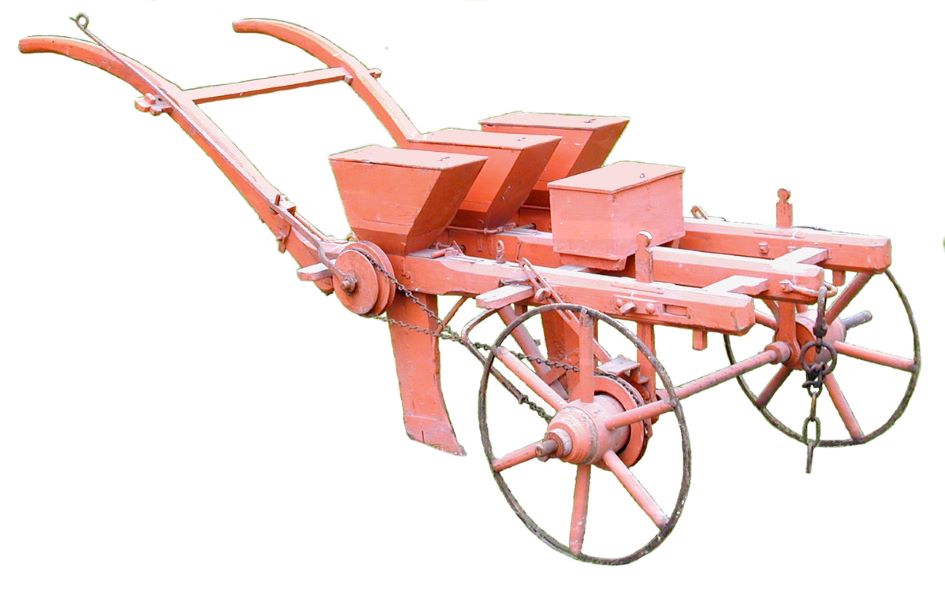
Seed drill
One of several seed drills on display in the museum, this particular model is a hand seed drill, made by Jonas Harris in Hailey c.1867. In this display it represents the sowing of autumn seed for winter crops, the most popular of which are winter wheat and barley.
Heavy autumn rainfall can jeopardise the sowing of these crops. For example, in 2019, Farmers Weekly estimated that only 35 – 40% of winter wheat had been drilled by November.
MERL 52/334
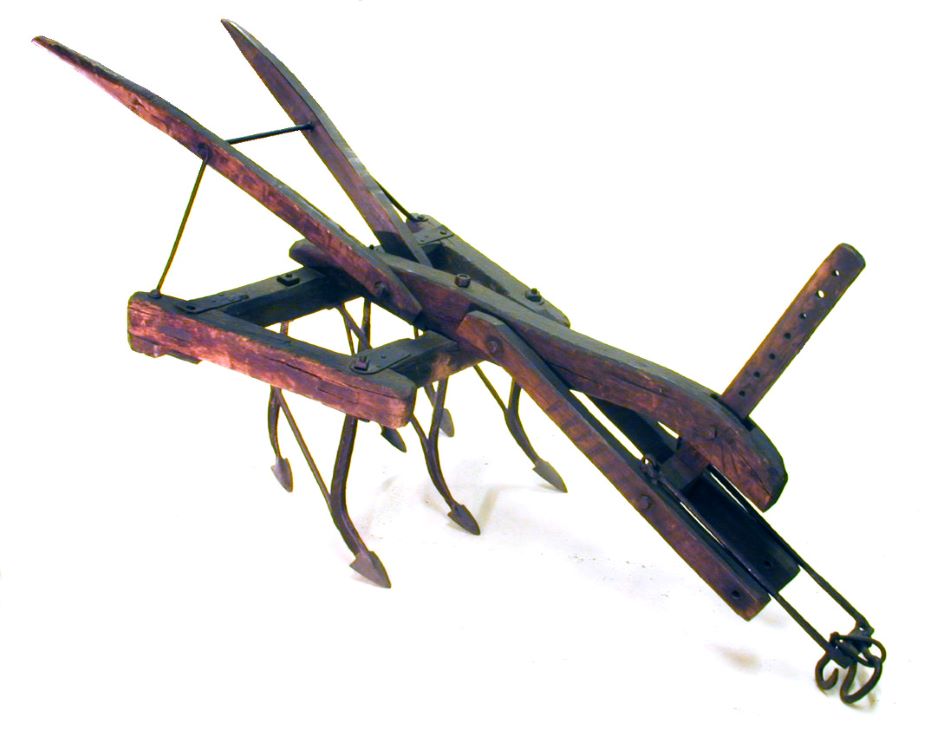
Cultivator
This is a cultivator with two wooden handles and six tines in two rows of three, each with spade-shaped blades, bifurcated and bolted to the frame. It possibly dates from the eighteenth century and was used for farm work in Hampshire. Cultivators are designed to stir the soil around a crop as it matures to promote growth and destroy weeds. Horse-drawn cultivators were introduced in the mid-19th century.
MERL 51/264